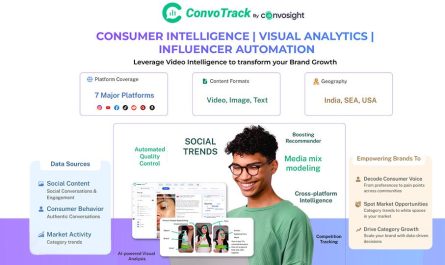Organizing exhibitions is one of the three activities of the GL events group, company operating on the event communication market since 1978. With 250 B2B and B2C events around the world, GL events has developed a unique expertise in the art of organizing exhibitions, a job that must at the same time meet marketing, communicational and organizational requirements and keep a close relationship with the actors of its markets.
Background 
GL EVENTS wanted to do a prospective work with 1000 experts of Food Service all around the world. The idea was to identify the key trends in order to help Food service to design the future. They have used Krealinks community platform in order to explore trends vision and create collaborative dynamics between the experts.
The results of this “B2B prospective lab research” were presented during a prestigious event during the Sirha trade exhibition: the first global event bringing together leading international players in Food Service to promote Food Service solutions for a better future. A gathering of perspectives and the participation of world-renowned participants: the greatest chefs, leaders of international organisations, directors from major restaurant chains, food service industry and distributors.
What was the proposed approach?
1000 experts have been involved in a live community for 4 weeks, 10 countries were covered: Brazil, China, Spain, France, Great Britain, Italy, Japan, Germany, Turkey and the USA.
Community per country enabling to do both qual and quant
How was it possible to convince these experts to contribute to this prospective lab?
- Knowing that these people are very busy, a digital community platform was the best way to create interactions without the limits of geography or timetable.
- Questions, subjects and discussions were available all day and night (7/7 and 24/24)
- The contributors are all passionate about their job and were delighted to exchange their views with other leading experts of their category
- They had also the perspective of being exposed in preview to Food Service international trends
What was the outcome of the project ?
More insights and an approach which could not have been feasible without using communities (both in terms of fieldwork and costs).
What does it change to have a global expert community compared to a conventional method of investigation?
- Bring together experts who rarely have the opportunity to meet
- Give them the opportunity to express themselves freely for several weeks and develop their ideas
- Allow them to deep dive in subjects and trends
- To associate in the same time space qual and quant approaches
- Mixing instantaneity and multiculturality
Overview of key insights
An overview of worldwide trends on tomorrow’s menus in restaurants in different countries were uncovered through the use of communities.
Health, well-being and pleasure are definitely key trends everywhere
- Consumers are more and more aware and attentive to what they eat, needing to be reassured on the naturalness and traceability of food products. This phenomenon is even more acute in China and Japan where food security is an ongoing concern.
- Meanwhile, fear of obesity and nutritional imbalance leads the whole profession to seek more healthy and balanced menus, especially regarding fast food and daily food service proposals.
- However, consumers are still demanding novelty and deeper sensory pleasures. Restaurants have to offer a global experience: unique, intense and renewed.
In Northern Europe, USA and Brazil, the consciousness of “junk food” and concern about obesity is more prevalent.
- In these countries, the trend is to bring forward light, balanced meals: less salt, sugar, fats, no additives, calorie intake clearly displayed
- The restaurant is also a space where children can learn to eat well.
In Asia, the crisis experienced in terms of pollution and toxicity in food, has created a strong distrust among the consumer.
- Even if it is important to limit fat, salt and sugar, priority is to ensure better hygiene control and traceability and better consumer information on composition and origin.












